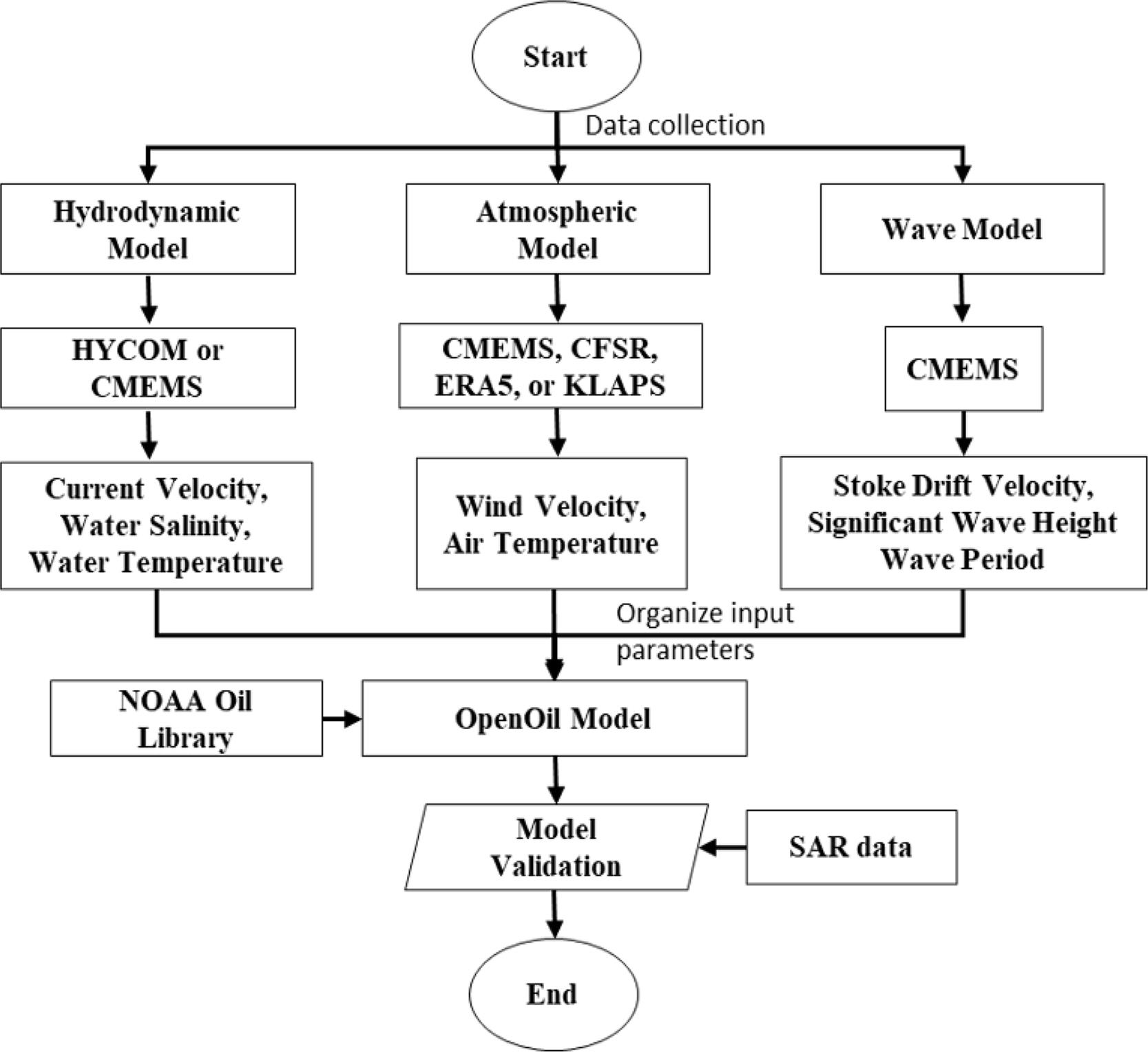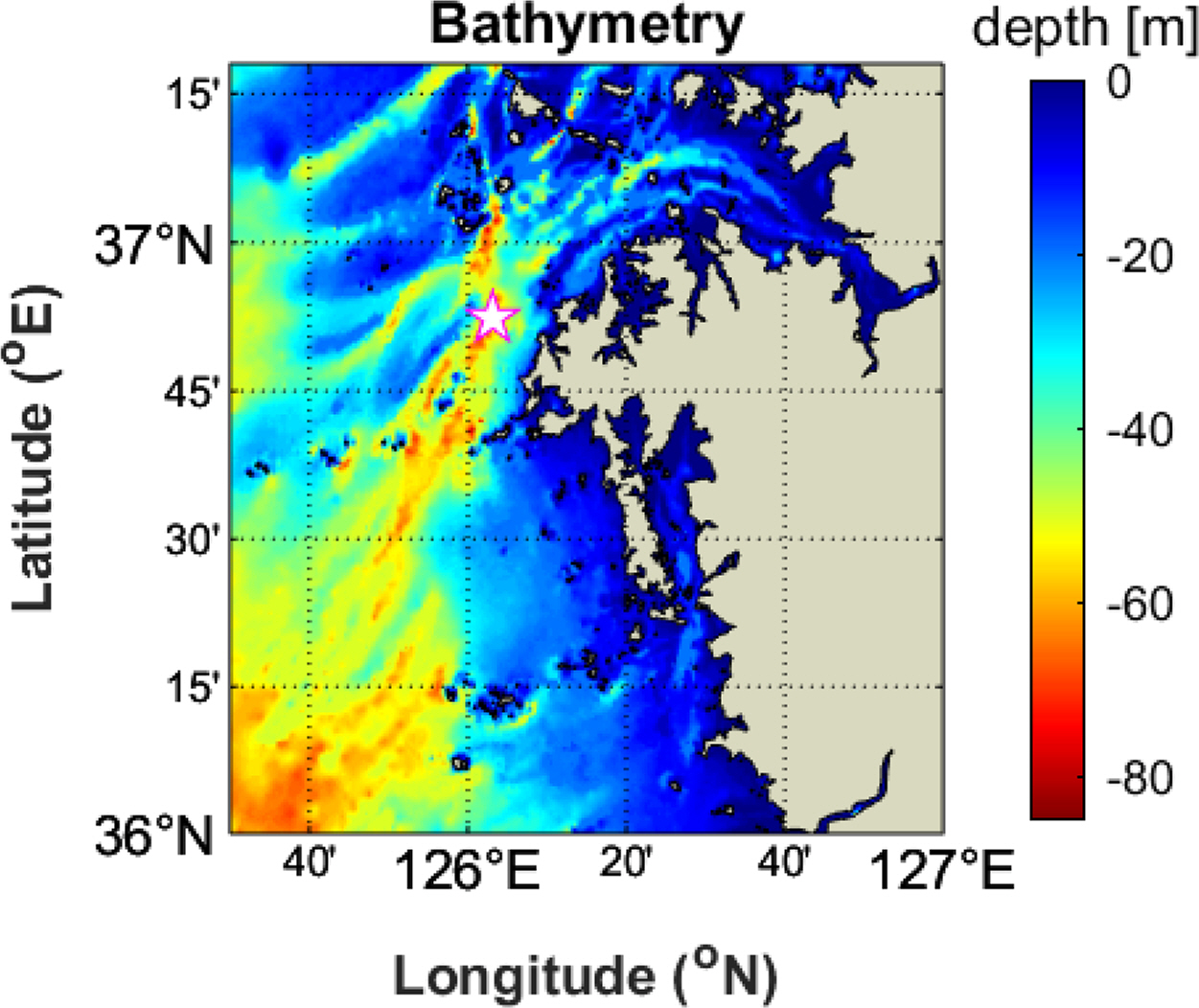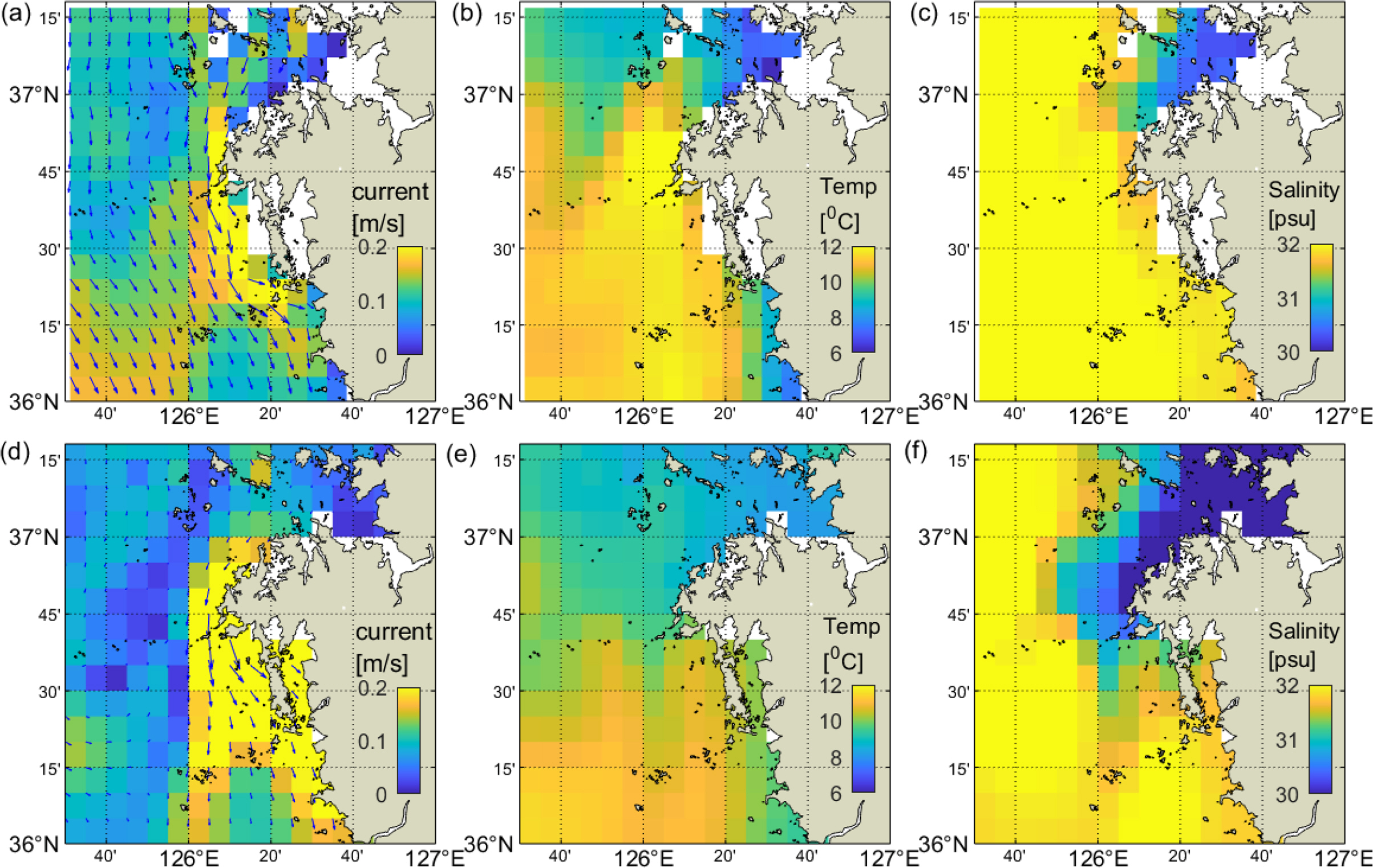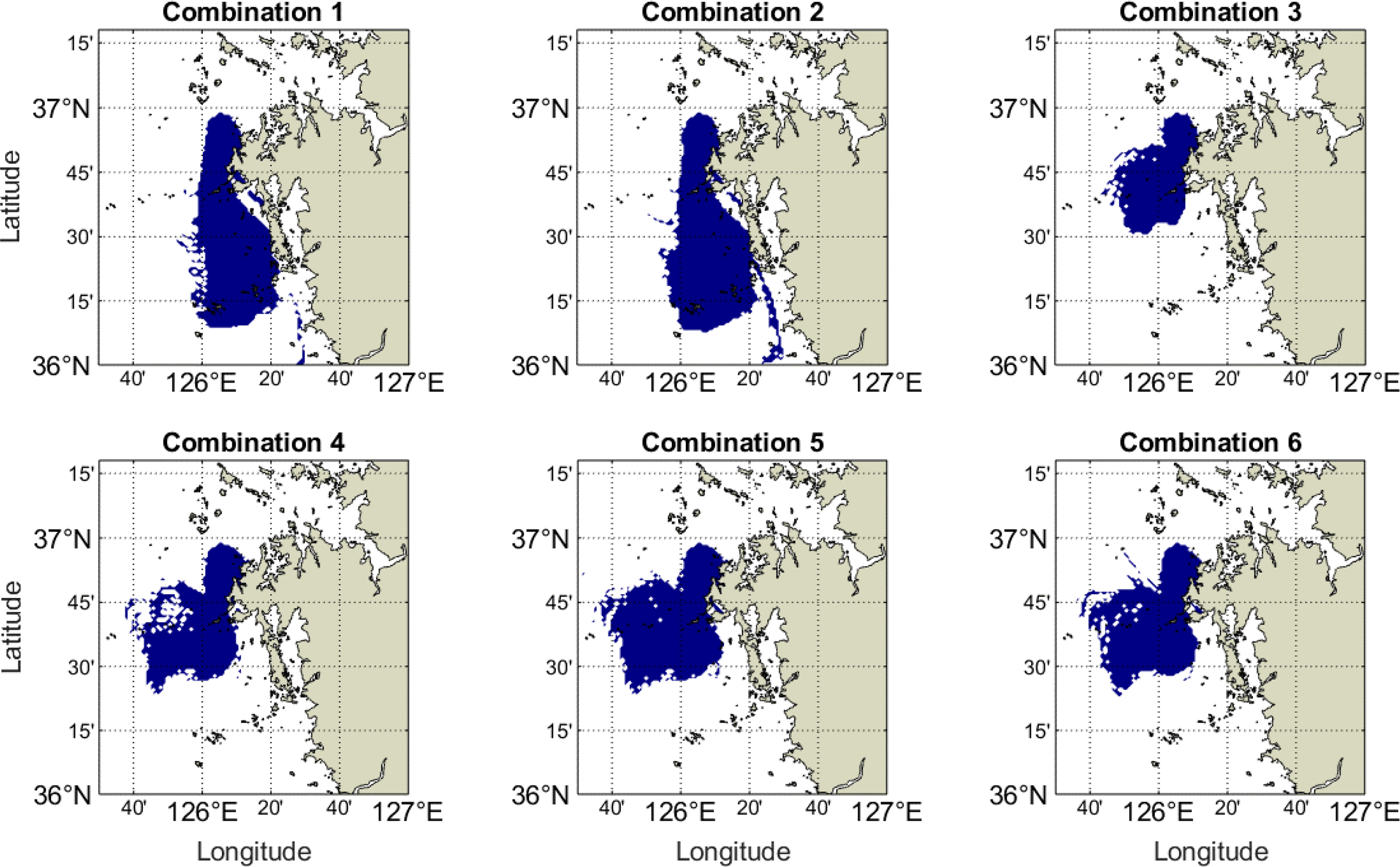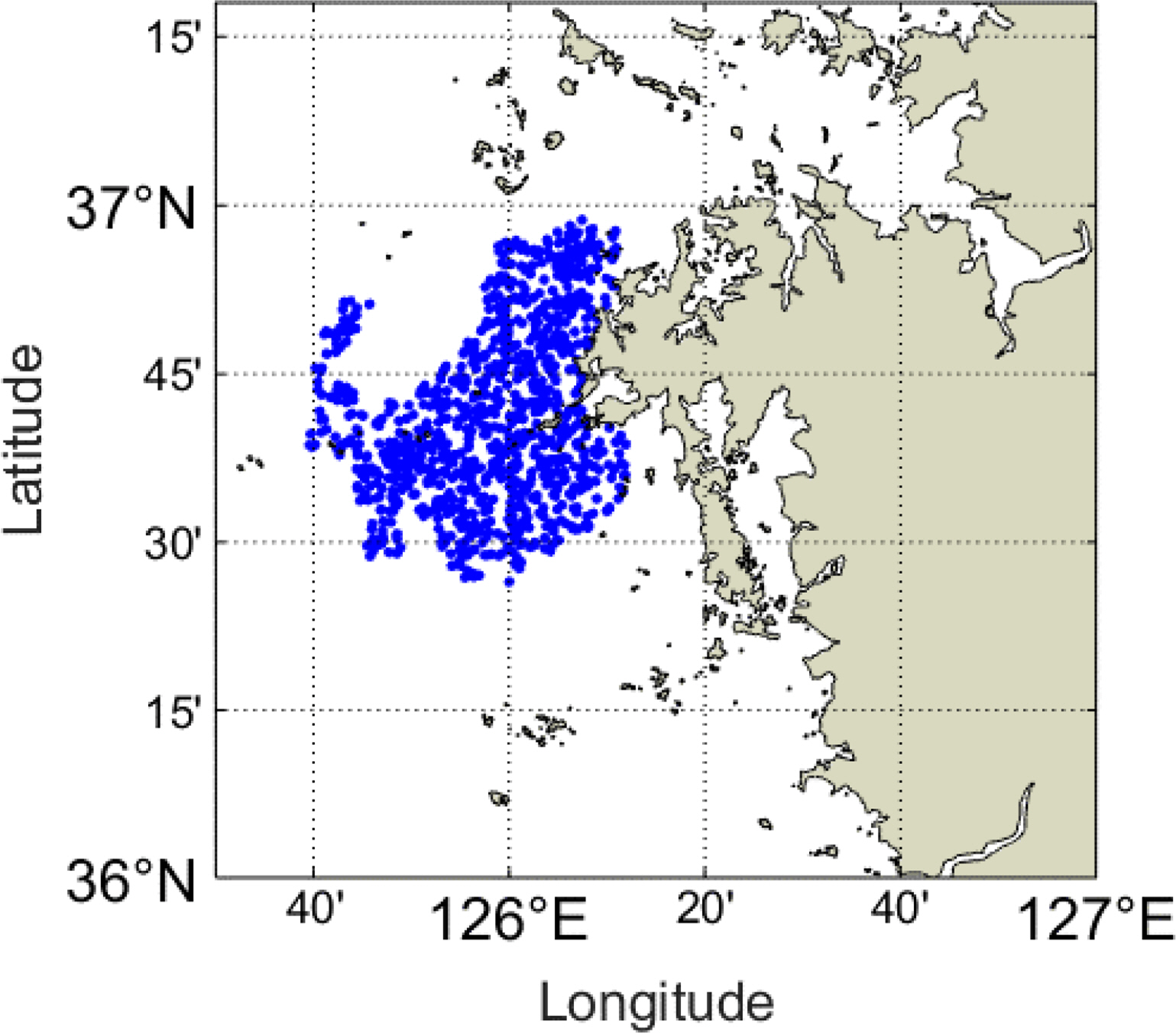Abascal, A. J., Castanedo, S., Núñez, P., Mellor, A., Clements, A., Pérez, B., & Medina, R. (2017). A high-resolution operational forecast system for oil spill response in Belfast Lough.
Marine Pollution Bulletin,
114(1), 302-314.
https://doi.org/10.1016/j.marpolbul.2016.09.042


Abdallah, I. M., & Chantsev, V. Y. (2022). Simulating oil spill movement and behavior: a case study from the Gulf of Suez, Egypt.
Modeling Earth Systems and Environment,
8(4), 4553-4562.
https://doi.org/10.1007/s40808-022-01449-9

Androulidakis, Y., Kourafalou, V., Robert Hole, L., Le Hénaff, M., & Kang, H. (2020). Pathways of oil spills from potential Cuban offshore exploration: Influence of ocean circulation.
Journal of marine science and engineering,
8(7), 535.
https://doi.org/10.3390/jmse8070535

Dang, H. V., Shin, S., Lim, J., Joo, S., & Hur, J. (2023). Numerical model test of spilled oil transport near the Korean coasts using various input parametric modules. The proceedings of 2023 Fall Conference of the Korea Society of Ocean Engineering (KSOE).
De Dominicis, M., Bruciaferri, D., Gerin, R., Pinardi, N., Poulain, P. M., Garreau, P., & Manganiello, C. (2016). A multi-model assessment of the impact of currents, waves, and wind in modelling surface drifters and oil spill.
Deep Sea research part II: topical studies in oceanography,
133, 21-38.
https://doi.org/10.1016/j.dsr2.2016.04.002

De Dominicis, M., Pinardi, N. A. D. I. A., Zodiatis, G., & Archetti, R. J. G. M. D. (2013). MEDSLIK-II, a Lagrangian marine surface oil spill model for short-term forecasting–Part 2: Numerical simulations and validations.
Geoscientific Model Development,
6(6), 1871-1888.
https://doi.org/10.5194/gmd-6-1871-2013

French-McCay, D. P., Spaulding, M. L., Crowley, D., Mendelsohn, D., Fontenault, J., & Horn, M. (2021). Validation of oil trajectory and fate modeling of the Deepwater Horizon oil spill.
Frontiers in Marine Science,
8, 618463.
https://doi.org/10.3389/fmars.2021.618463

Hole, L. R., Dagestad, K. F., Röhrs, J., Wettre, C., Kourafalou, V. H., Androulidakis, Y., Kang, H., Le Hénaff, M., & Garcia-Pineda, O. (2019). The Deepwater Horizon oil slick: simulations of river front effects and oil droplet size distribution.
Journal of marine science and engineering,
7(10), 329.
https://doi.org/10.3390/jmse7100329

Jung, T. H., & Son, S. (2018). Oil spill simulation by coupling three-dimensional hydrodynamic model and oil spill model.
Journal of Ocean Engineering and Technology,
32(6), 474-484.
https://doi.org/10.26748/KSOE.2018.32.6.474

Keramea, P., Kokkos, N., Gikas, G. D., & Sylaios, G. (2022). Operational modeling of North Aegean oil spills forced by real-time met-ocean forecasts.
Journal of Marine Science and Engineering,
10(3), 411.
https://doi.org/10.3390/jmse10030411

Keramea, P., Kokkos, N., Zodiatis, G., & Sylaios, G. (2023). Modes of operation and forcing in oil spill modeling: state-of-art, deficiencies and callenges.
Journal of Marine Science and Engineering,
11(6), 1165.
https://doi.org/10.3390/jmse11061165

Kim, J. C., Yu, D. H., Sim, J. E., Son, Y. T., Bang, K. Y., & Shin, S. (2023). Validation of opendrift-based drifter trajectory prediction tTechnique for maritime search and rescue.
Journal of Ocean Engineering and Technology,
37(4), 145-157.
https://doi.org/10.26748/KSOE.2023.018

Kim, T. H., Yang, C. S., Oh, J. H., & Ouchi, K. (2014). Analysis of the contribution of wind drift factor to oil slick movement under strong tidal condition: Hebei Spirit oil spill case.
PloS one,
9(1), e87393.
https://doi.org/10.1371/journal.pone.0087393



Law-Chune, S., Aouf, L., Dalphinet, A., Levier, B., Drillet, Y., & Drevillon, M. (2021). WAVERYS: a CMEMS global wave reanalysis during the altimetry period.
Ocean Dynamics,
71, 357-378.
https://doi.org/10.1007/s10236-020-01433-w

Lee, K. H., Kim, T. G., & Cho, Y. H. (2020). Influence of tidal current, wind, and wave in Hebei Spirit oil spill modeling.
Journal of Marine Science and Engineering,
8(2), 69.
https://doi.org/10.3390/jmse8020069

Nguyen, T. H. H., Hou, T. H., Pham, H. A., & Tsai, C. C. (2023). Hindcast of oil spill pollution in the East China Sea in January 2018.
Proceedings of the Institution of Mechanical Engineers, Part M: Journal of Engineering for the Maritime Environment. 14750902231162171.
https://doi.org/10.1177/14750902231162171

Park, K. S., Heo, K. Y., Jun, K., Kwon, J. I., Kim, J., Choi, J. Y., & Jeong, S. H. (2015). Development of the operational oceanographic system of Korea.
Ocean Science Journal,
50, 353-369.
https://doi.org/10.1007/s12601-015-0033-1

Röhrs, J., Dagestad, K. F., Asbjørnsen, H., Nordam, T., Skancke, J., Jones, C. E., & Brekke, C. (2018). The effect of vertical mixing on the horizontal drift of oil spills.
Ocean Science,
14(6), 15811601.
https://doi.org/10.5194/os-14-1581-2018

Sepp Neves, A. A., Pinardi, N., Navarra, A., & Trotta, F. (2020). A general methodology for beached oil spill hazard mapping.
Frontiers in Marine Science,
7, 65.
https://doi.org/10.3389/fmars.2020.00065

Siqueira, P. G. S. C., Silva, J. A. M., Gois, M. L. B., Duarte, H. O., Moura, M. C., Silva, M. A., & Araújo, M. C. (2022). Numerical simulations of potential oil spills near Fernando de Noronha archipelago.
Trends in Maritime Technology and Engineering, 273-282.

Zacharias, D. C., Gama, C. M., Harari, J., da Rocha, R. P., & Fornaro, A. (2021). Mysterious oil spill on the Brazilian coast–part 2: a probabilistic approach to fill gaps of uncertainties.
Marine pollution bulletin,
173, 113085.
https://doi.org/10.1016/j.marpolbul.2021.113085


Zhang, X., Cheng, L., Zhang, F., Wu, J., Li, S., Liu, J., & Li, M. (2020). Evaluation of multi-source forcing datasets for drift trajectory prediction using Lagrangian models in the South China Sea.
Applied Ocean Research,
104, 102395.
https://doi.org/10.1016/j.apor.2020.102395





